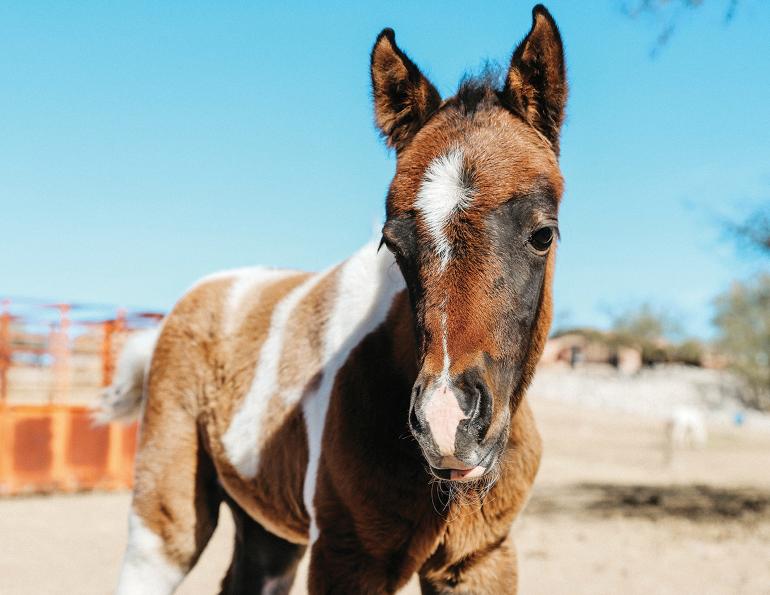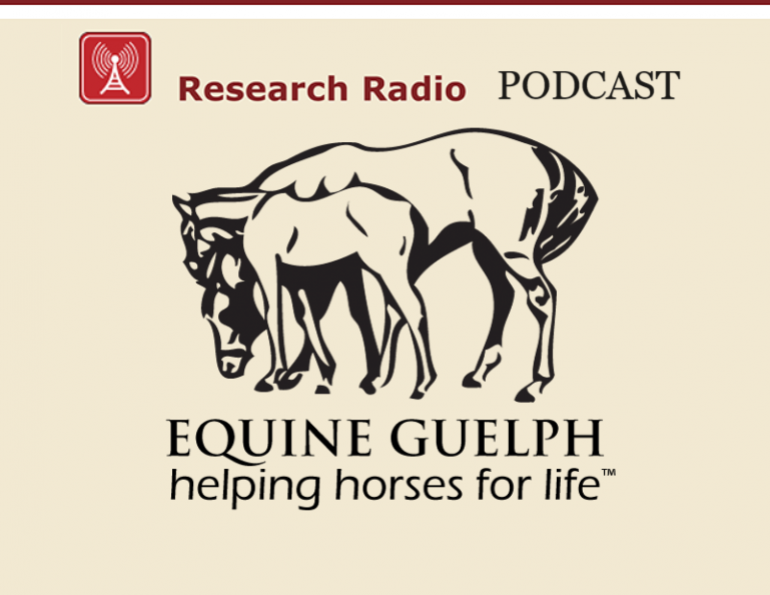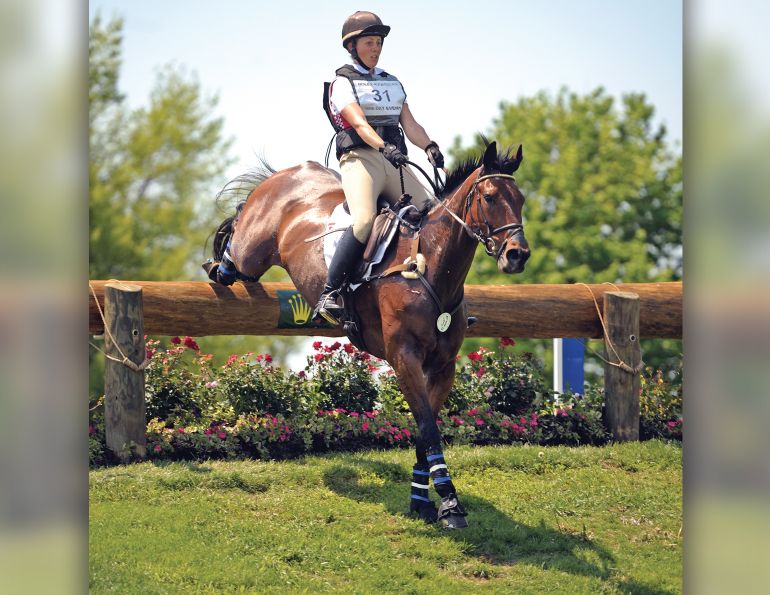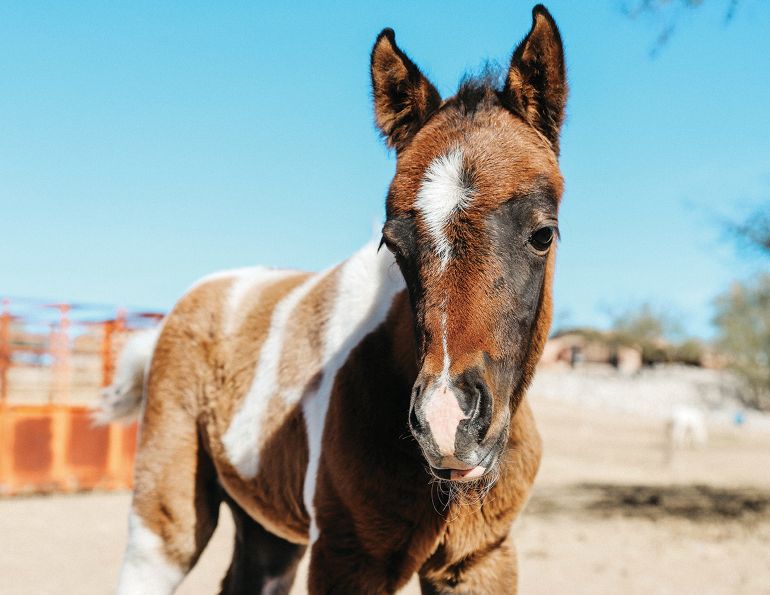By Jec A. Ballou
When a horse shows subtle signs of lameness or discomfort but no clear veterinary diagnosis, it can be discouraging and costly for owners. These vague issues are unfortunately common and often leave owners uncertain about the next step. This article outlines key principles to guide you through such cases, using the example of Remy — a mare who arrived with back pain and bucking behaviour but no definitive medical findings.
If your veterinarian can’t identify a specific source of pain or performance decline, they may suggest rest or a break from riding but not provide a detailed rehabilitation plan. In these instances, the owner often becomes responsible for designing an appropriate exercise routine to support the horse’s recovery. In Remy’s case, the vet recommended avoiding ridden work altogether, leaving the rest of her daily schedule up to us. The following principles shaped her program.
Focus on Lifestyle
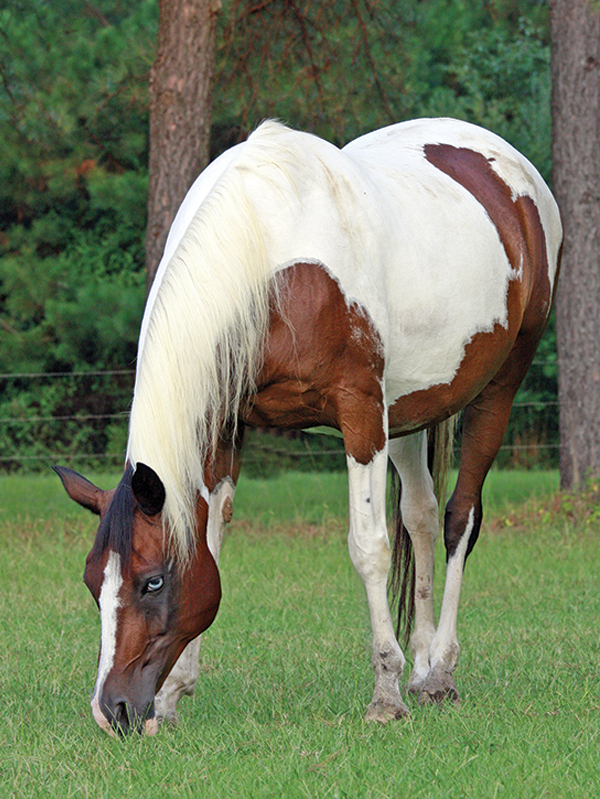
The living environment of the rehabilitating horse should be conducive to his physical and mental well-being. Unless your veterinarian mandates stall rest as the only option, a large paddock with access to a grassy turnout area will encourage natural movement, and more time spent grazing will tone the horse’s back muscles naturally.
In Remy’s case, this meant housing her in a large paddock with free access to an adjoined grassy turnout area. The more time she spent with her head down grazing, the more often the ligaments in her back would be positively tensioned and toned. In other words, if her back could be made comfortable at least in a natural state it would be through grazing and wandering around. I made sure her living environment encouraged this, including keeping her well socialized with paddock mates on a regular basis. This living arrangement will always stave off inflammation, proprioceptive deficits, and compromised muscle function better than standing in a stall.
Forget about Cardio, Work on Calisthenics
During these perplexing phases when a horse is not-quite-right, prioritize exercises that recruit and strengthen postural muscles rather than worrying about his cardiovascular fitness. Take a deep breath and acknowledge that his cardio fitness is going to drop off (but will come back quickly when he resumes full work) and that you need to focus elsewhere. This is for two reasons. First, engaging postural muscles occasionally fixes everything. I have witnessed many horses resolve subtle lameness issues by spending several weeks committed only to postural exercises. As they become aligned and balanced, their pain and gait aberrations disappear.
Second, you do not want the horse bristling with excess energy during phases of lesser training, so it is best to allow the cardio system to lose some of its fire. In other words, you do not want to keep the engine revved up. You want the engine to idle while you work on repairing the chassis.
During any given session, I generally practice about six corrective exercises, which is the right amount to fill roughly ten minutes of activity. Examples of corrective exercises include backing up, ground poles, and dynamic stretches. In the first month with Remy, I found she really focused on and was challenged by patterns that required her to equalize the effort from both hind legs. This led to us practicing tight serpentines, straddling ground poles, and backing up in a variety of patterns.
Related: Equine Physiology & Fitness
Do the Double… or Triple
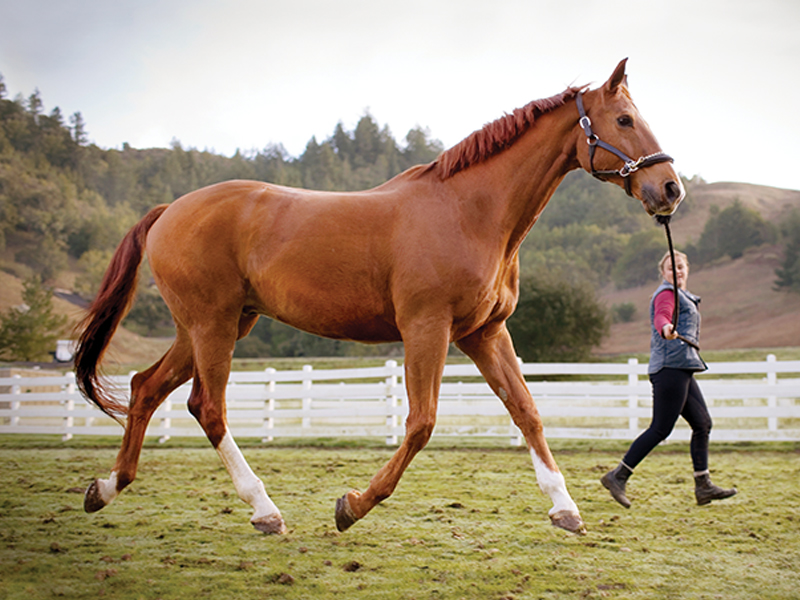
Your rehab schedule should include two or three sessions of 15 to 25 minutes daily, about two to four hours apart. In addition to corrective exercises these sessions can include light cardio such as walking, jogging, hiking down a trail, or controlled wandering on a long line all over the arena. Photo: Shutterstock/Erickson Stock
Prioritize multiple short sessions per day in lieu of a single outing. This serves various vital purposes. These bouts of movement not only promote overall health (lymphatic circulation, digestion, keeping tissues hydrated) but they require the sensory and motor nerves to activate more frequently. This has a positive effect on the postural muscles because they are highly innervated tissues. The more often we can recruit patterns of nerves in the postural muscles the more likely they are to form good habits. As mentioned earlier, sometimes these new habits alone are enough to resolve mystery lamenesses.
As a general rule, aim to perform two or three sessions of 15 to 20 minutes daily. Try to separate these sessions by two to four hours when possible. If you have time, you can certainly make these mini sessions longer. Just keep in mind that since most of your work at this point is walking and slow controlled exercises, you do not want the horse getting bored and listless. When that happens, the nervous system is no longer deriving as much stimulative effect and we encounter diminishing returns. Observe your horse with this mind and adjust your timing accordingly.
With Remy, I followed a daily routine that went as follows. Every morning around 8:30am, we performed four to six corrective exercises followed by 15 minutes of sustained walking. About four hours later, we again performed four to six corrective exercises followed by 25 minutes of light cardio (walking, jogging, hiking down a trail, etc.). In between these two sessions — and some days three sessions — Remy was in her turnout area socializing, napping, and rolling.
Related: When Horses and Riders Hurt Themselves
Keep a Log
Writing down your plan each week and keeping detailed notes will benefit forward progress. By logging your exercises, you can adjust them accordingly rather than continue performing routines that are no longer serving a purpose. Adjustments might include increasing the number of reps, adding stimuli, or replacing current exercises with new ones. At the end of each week, review your notes and plan the following week’s program.
Keeping track of Remy’s response to our exercises allowed me to progressively increase difficulty. For instance, after three months of performing low ground poles with good coordination, we progressed to raising the poles six inches off the ground. We also added a small hill workout each week after reviewing my notes that reflected a consistent improvement in Remy’s body posture and rhythm in the arena.
Never Overlook Walking
Take advantage of all kinds of walking exercises as frequently as possible.
Sometimes, riders mistakenly believe that walking is something to be done when other more valuable exercises cannot. This is not the case. Walk-only sessions, especially when scattered through the day, are immensely productive.
The reparative benefits of sustained walking are numerous, owing mostly to the rhythmic pulsations of back, neck, and ribcage muscles in a relaxed state. Nerve signals can be repaired, inflammation cleared out, and problematic tension alleviated to restore correct movement.
There are many ways to walk your horse daily, including ground driving, longeing, and power hiking out on trails. In fact, I like to challenge riders by asking them how many different ways they can walk their horse in a given week. Can they pony alongside another horse? Lead him through an obstacle course? Take him on a four-mile walk down the road?
One of my favorite ways to add an extra 20 minutes of walking at random points during the day is something I call controlled wandering. This involves having the horse on a very long longe line (without side reins or restrictive equipment) and alternating between walking him on large circles and walking all over our arena. We do not stay on a fixed circle but instead cover lots of ground making various turns, straight lines, loops, and circles.
100 Percent Consistency
Rarely will a not-quite-right horse become better after a period of standing around and doing nothing. Granted, he might appear fresh and eager when put back to work after a bout of full rest, but pretty quickly the anomalous movement, signs of pain, or odd behaviour shows-up again.
Treat your rehab period with the same focus and consistency as the rest of your training. Perform your chosen walking routines and corrective exercises daily, log your observations, and stay patient. Most rehab exercises require a few weeks of consistent practice to work their magic. If your schedule gets interrupted and the daily practice slacks off, you will not see the results. By being consistent, you are not only offering your horse the best chance to repair but you are also able later on to give your vet a lot more information from which to make a diagnosis, should this become needed. More information means more accuracy in pinpointing what or where the horse is not quite right.
Related: How to Keep Your Horse Fit Without Riding
Related: Rehabilitation for Horses and Return to Performance after Colic Surgery
Main Photo: Shutterstock/Erickson Stock




